Filter by

The Un-Americans: Jews, the Blacklist, and Stoolpigeon Culture
In a bold rethinking of the Hollywood blacklist and McCarthyite America, Joseph Litvak reveals a political regime that did not end with the 1950s or even with the Cold War: a regime of compulsory sycophancy, in which the good citizen is an informer, ready to denounce anyone who will not play the part of the earnest, patriotic American. While many scholars have noted the anti-Semitism underlying…
- Edition
- -
- ISBN/ISSN
- 9780822344674
- Collation
- -
- Series Title
- -
- Call Number
- 791.43 LIT u
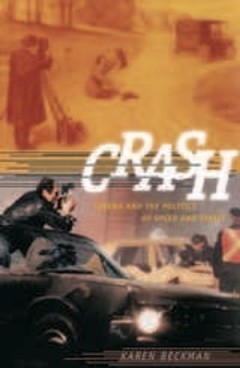
Crash: Cinema and the Politics of Speed and Stasis
Artists, writers, and filmmakers from Andy Warhol and J. G. Ballard to Alejandro González Iñárritu and Ousmane Sembène have repeatedly used representations of immobilized and crashed cars to wrestle with the conundrums of modernity. In Crash, Karen Beckman argues that representations of the crash parallel the encounter of film with other media, and that these collisions between media offer …
- Edition
- -
- ISBN/ISSN
- 9780822347088
- Collation
- -
- Series Title
- -
- Call Number
- 791.43 BEC c

Bring on the Books for Everybody: How Literary Culture Became Popular Culture
Bring on the Books for Everybody is an engaging assessment of the robust popular literary culture that has developed in the United States during the past two decades. Jim Collins describes how a once solitary and print-based experience has become an exuberantly social activity, enjoyed as much on the screen as on the page. Fueled by Oprah’s Book Club, Miramax film adaptations, superstore book…
- Edition
- -
- ISBN/ISSN
- 9780822345886
- Collation
- -
- Series Title
- -
- Call Number
- 791.43 COL b
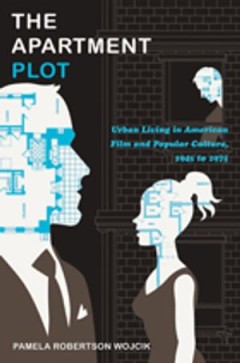
The Apartment Plot: Urban Living in American Film and Popular Culture, 1945 t…
Rethinking the significance of films including Pillow Talk, Rear Window, and The Seven Year Itch, Pamela Robertson Wojcik examines the popularity of the “apartment plot,” her term for stories in which the apartment functions as a central narrative device. From the baby boom years into the 1970s, the apartment plot was not only key to films; it also surfaced in TV shows, Broadway plays, lite…
- Edition
- -
- ISBN/ISSN
- 9780822347521
- Collation
- -
- Series Title
- -
- Call Number
- 791.43 WOJ a
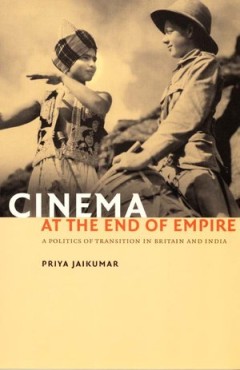
Cinema at the End of Empire: A Politics of Transition in Britain and India
How did the imperial logic underlying British and Indian film policy change with the British Empire’s loss of moral authority and political cohesion? Were British and Indian films of the 1930s and 1940s responsive to and responsible for such shifts? Cinema at the End of Empire illuminates this intertwined history of British and Indian cinema in the late colonial period. Challenging the rubric…
- Edition
- -
- ISBN/ISSN
- 9781478091387
- Collation
- -
- Series Title
- -
- Call Number
- 791.43 JAI c
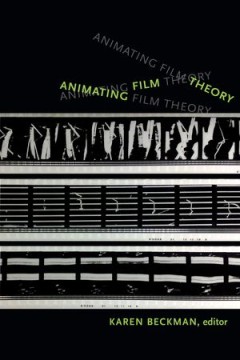
Animating Film Theory
Animating Film Theory provides an enriched understanding of the relationship between two of the most unwieldy and unstable organizing concepts in cinema and media studies: animation and film theory. For the most part, animation has been excluded from the purview of film theory. The contributors to this collection consider the reasons for this marginalization while also bringing attention to key…
- Edition
- -
- ISBN/ISSN
- 9780822356400
- Collation
- -
- Series Title
- -
- Call Number
- 791.43 ANI a
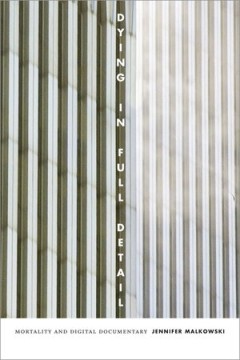
Dying in Full Detail: Mortality and Digital Documentary
In Dying in Full Detail Jennifer Malkowski explores digital media's impact on one of documentary film's greatest taboos: the recording of death. Despite technological advances that allow for the easy creation and distribution of death footage, digital media often fail to live up to their promise to reveal the world in greater fidelity. Malkowski analyzes a wide range of death footage, from feat…
- Edition
- -
- ISBN/ISSN
- 9781478091080
- Collation
- -
- Series Title
- -
- Call Number
- 791.43 MAL d
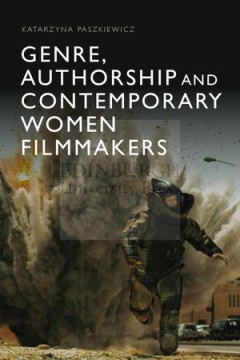
Genre, Authorship and Contemporary Women Filmmakers
Examining the significance of women’s work in popular film genres, Genre, Authorship and Contemporary Women Filmmakers sheds light on women’s contribution to genre cinema through an exploration of filmmakers like Kathryn Bigelow, Diablo Cody, Sofia Coppola and Kelly Reichard. Exploring genres as diverse as horror, the war movie, the Western, the costume biopic and the romantic comedy, the b…
- Edition
- -
- ISBN/ISSN
- 9781474425278
- Collation
- -
- Series Title
- -
- Call Number
- 791.43 PAS g
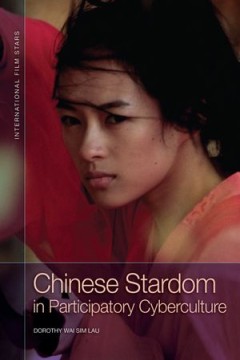
Chinese Stardom in Participatory Cyberculture
As Chinese performers have become more visible on global screens, their professional images - once the preserve of studios and agents - have been increasingly relayed and reworked by film fans. Web technology has made searching, poaching, editing, posting and sharing texts significantly easier, and by using a variety of seamless and innovative methods a new mode of personality construction has …
- Edition
- -
- ISBN/ISSN
- 9781474430357
- Collation
- -
- Series Title
- -
- Call Number
- 791.43 LAU c
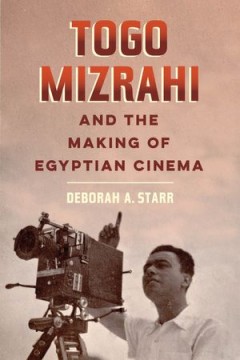
Togo Mizrahi and the Making of Egyptian Cinema
A free open access ebook is available upon publication. Learn more at www.luminosoa.org. In this book, Deborah A. Starr recuperates the work of Togo Mizrahi, a pioneer of Egyptian cinema. Mizrahi, an Egyptian Jew with Italian nationality, established himself as a prolific director of popular comedies and musicals in the 1930s and 1940s. As a studio owner and producer, Mizrahi promoted the idea …
- Edition
- -
- ISBN/ISSN
- 9780520976122
- Collation
- -
- Series Title
- -
- Call Number
- 777 STA t
 Computer Science, Information & General Works
Computer Science, Information & General Works  Philosophy & Psychology
Philosophy & Psychology  Religion
Religion  Social Sciences
Social Sciences  Language
Language  Pure Science
Pure Science  Applied Sciences
Applied Sciences  Art & Recreation
Art & Recreation  Literature
Literature  History & Geography
History & Geography